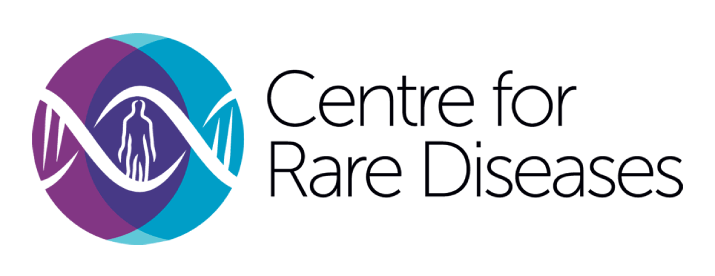Situated in the Heritage Building (former Queen Elizabeth Hospital) at the heart of the BHP ecosystem, the Centre for Rare Diseases acts as a hub of care for patients. It offers highly organised one-stop clinics where patients undergo all their diagnostic tests and specialist appointments in one visit, rather than making repeated trips to various sites.
Its vision is to develop a supra-regional, integrated, multi-disciplinary centre of excellence for care of patients with rare diseases.
A rare disease by definition affects less than 1 in 2,000 people. However, with more than 7,000 individual rare diseases, their collective prevalence is about 1 in 17 of the general population. Half of affected people are children, and for over 50% there is no cure or specific treatment.
The many benefits of the Centre for Rare Diseases include:
- Reducing the burden of travel for patients and carers by provision of one-stop multi-disciplinary clinics, where clinical expertise is brought together for patient benefit
- Provision of dedicated patient care co-ordinators to ensure all interactions between patients, carers and clinical service providers is seamlessly organised
- A bespoke clinical environment which is focussed on the specific needs of this patient group
- Dedicated space to rest between appointments on days where patients are on site for multi-disciplinary review
- Provision of dedicated social space for patients and their carers to meet while attending appointments
- Provision of dedicated social/IT media infrastructure and space for patient representative groups to meet
- A clinical information platform enabling secure collection of detailed data on patients, their disease, and their responses to treatment. This information will be used to inform the delivery of care to these patient groups, to help identify patients who may be able to participate in clinical trials, and through analysis of this information – identify new areas of research to investigate
- Finally, co-locating these patients, their data and the clinicians who provide care increases opportunities for earlier diagnosis or earlier identification of requirements to change the clinical management of these patients

